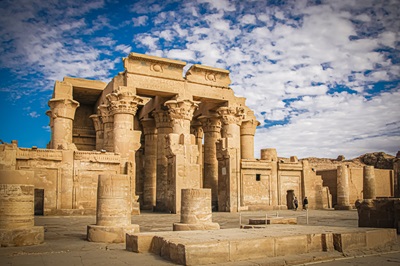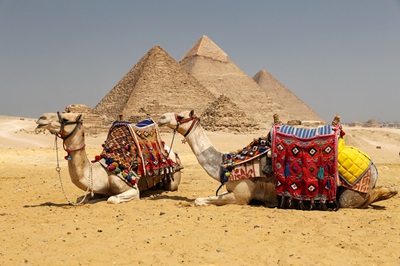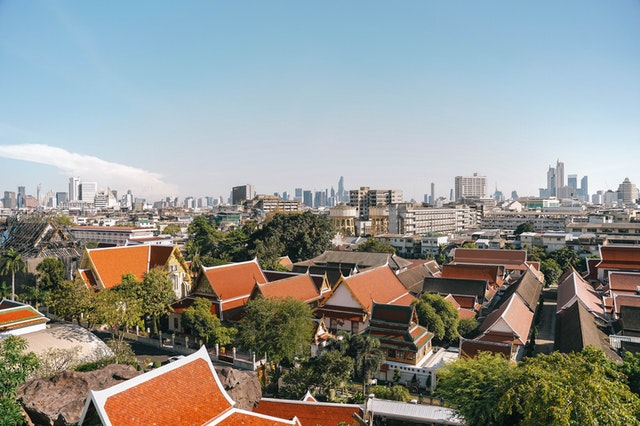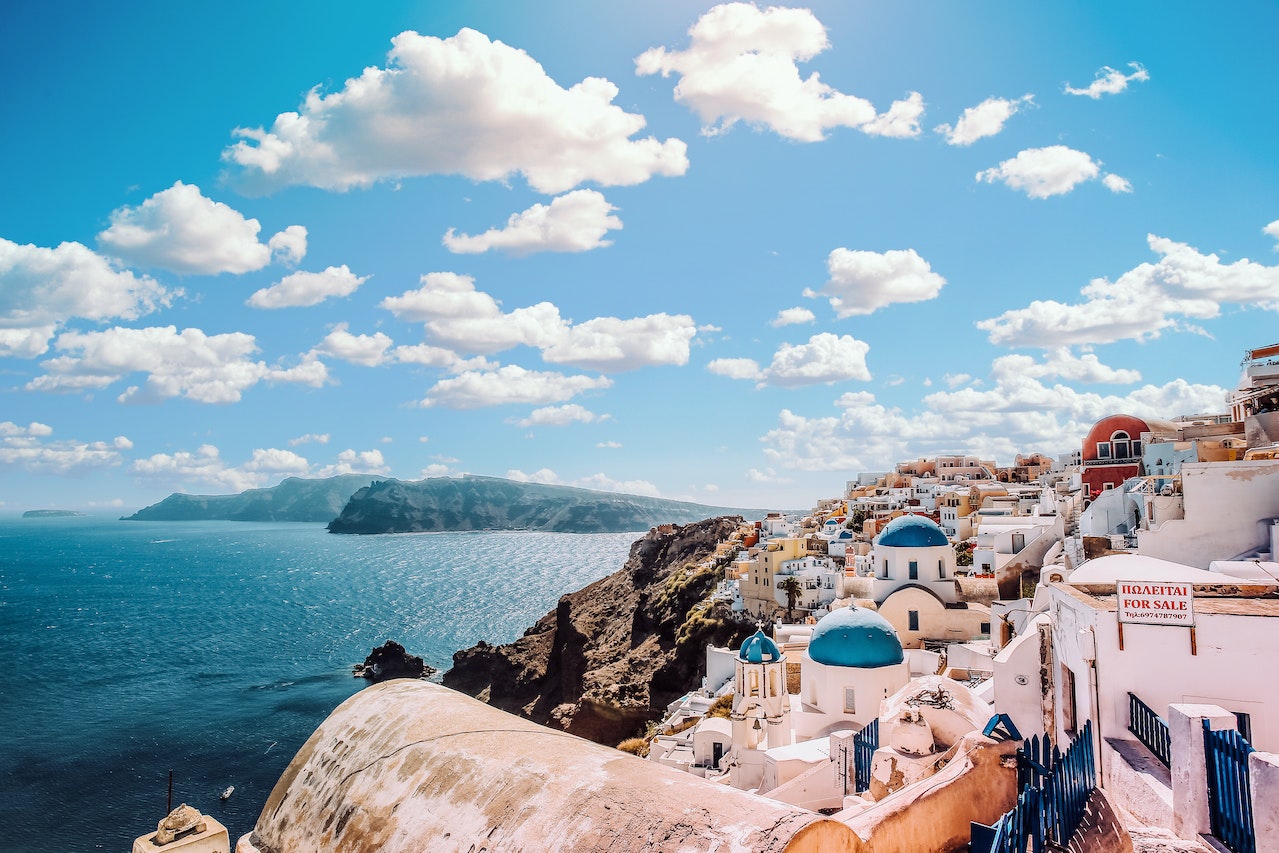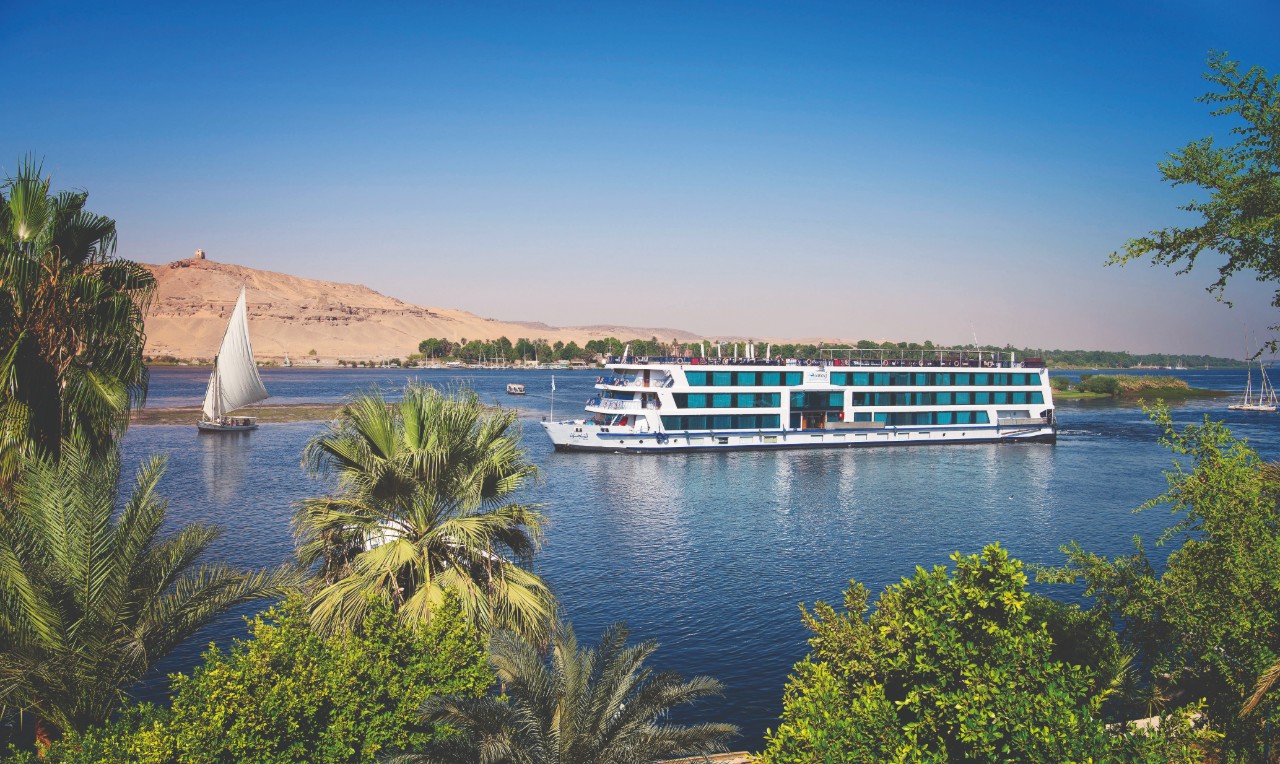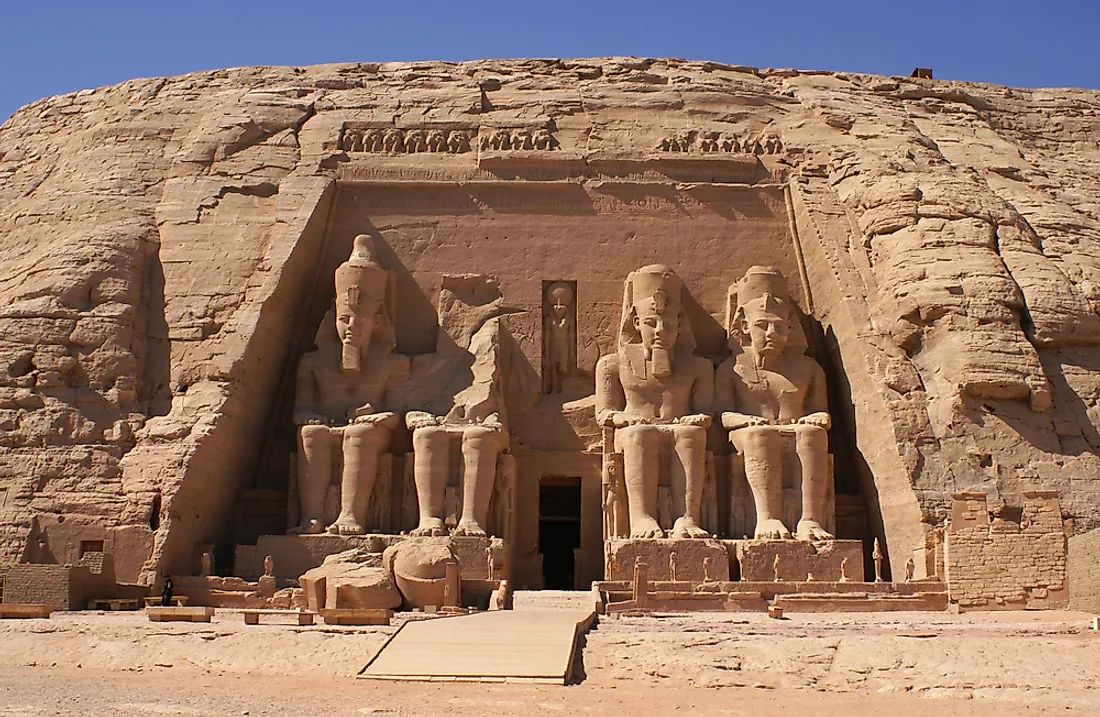
Abu Simbel Temples
This site south of Aswan along Lake Nasser’s shore is the most famous in all of Egypt after the Giza Pyramids. Built by the greatest of the pharaohs, Ramesses II, these huge rock-cut temples marked the southern boundary of the Egyptian Empire with Nubia at the peak of its power during the New Kingdom. They were meant to convey the power of Egypt’s rulers to anyone who laid eyes upon them.
They must have been effective in this capacity because the great statues of Ramesses and his wife Nefertari that adorn their facades are still awe inspiring today. The four statues guarding the doorway to the larger of these temples are the largest sculptures that survive from the pharaonic era.
Abu Simbel was rediscovered in 1813 by Swiss explorer John Lewis Burckhardt. The temples had long been forgotten and the sands of the desert sands had covered all but the tops of the heads of the huge statues in front of their entrances. Since 1909 when the sand was finally cleared away, these twin temples have become the most famous site in Egypt’s south.
Although they seem like monuments to Ramesses II and his wife, both temples are actually temples dedicated to the gods. The larger temple with four huge statues of Ramesses II seated in front of it is dedicated to Amun, Ptah, and Re-Harakty. The second temple, still huge although significantly smaller than the first, was built to honor Ramesses favorite wife, Nefertari, and is dedicated to the goddess Hathor.
The temple has six colossal statues on its facade, four depicting Ramesses and the two showing Nefertari. The second temple is significant for the status that is affords to the wife of the pharaoh, depicting her several times on equal footing with the pharaoh.
The larger temple is aligned with the sun so that twice a year the sun shines into its deepest recesses to illuminate a statue of Ramesses and the gods the temple if dedicated to. The Abu Simbel Sun Festival takes places on February 22nd and October 22nd of every year to much fanfare with several thousand people gathering early in the morning to see this testament to the knowledge and skill that the ancient Egyptians possesses in order to align the temple so perfectly.
The temples are located several hours drive south of Aswan, but most tourists actually arrive at Abu Simbel by plane. The flight from Aswan is only 30 minutes and there are two flights a day, timed so that tourists will have about two hours to spend at the temples.
It is also possible to visit Abu Simbel by joining a Lake Nasser cruise. These ships moor just in front of the temples so that passengers have a chance to see the temples by moonlight and in the early morning light.

